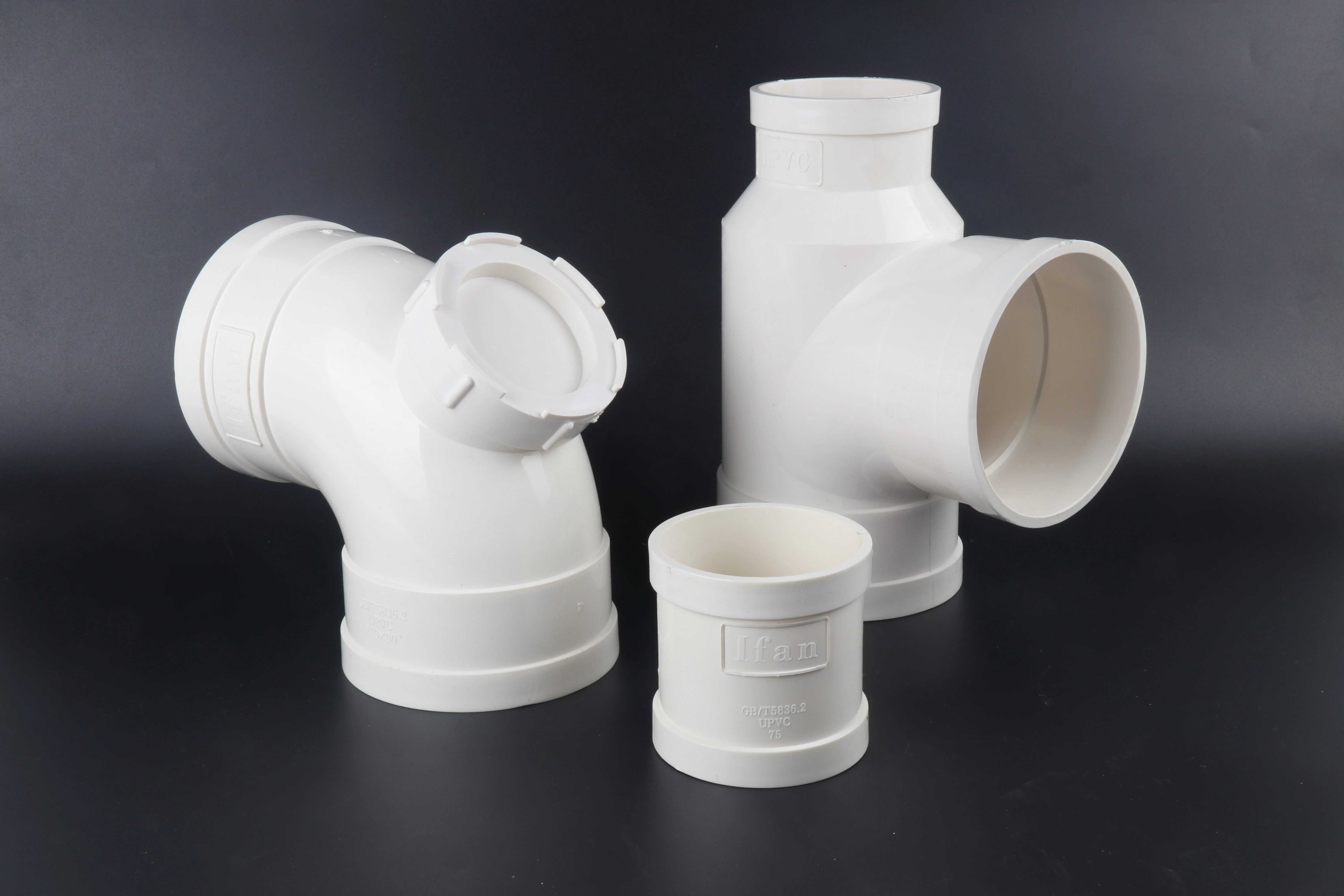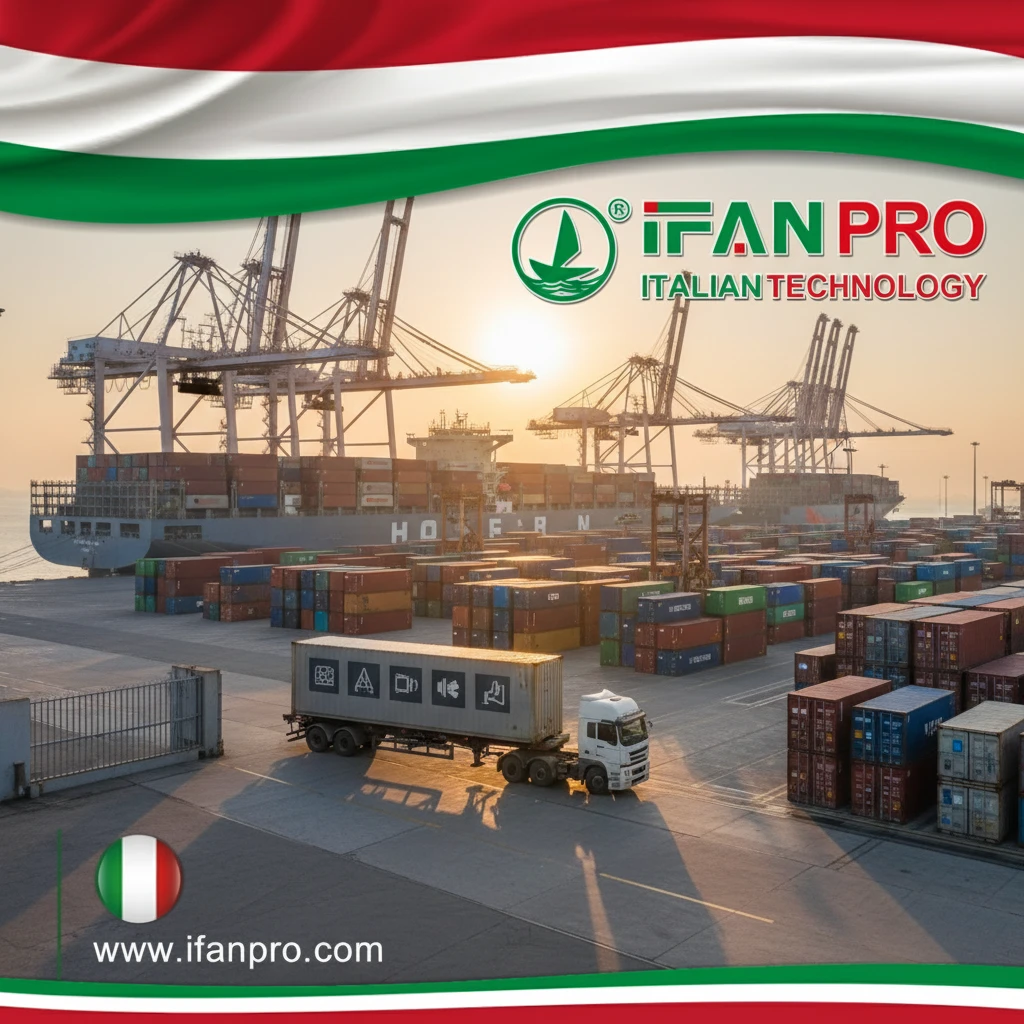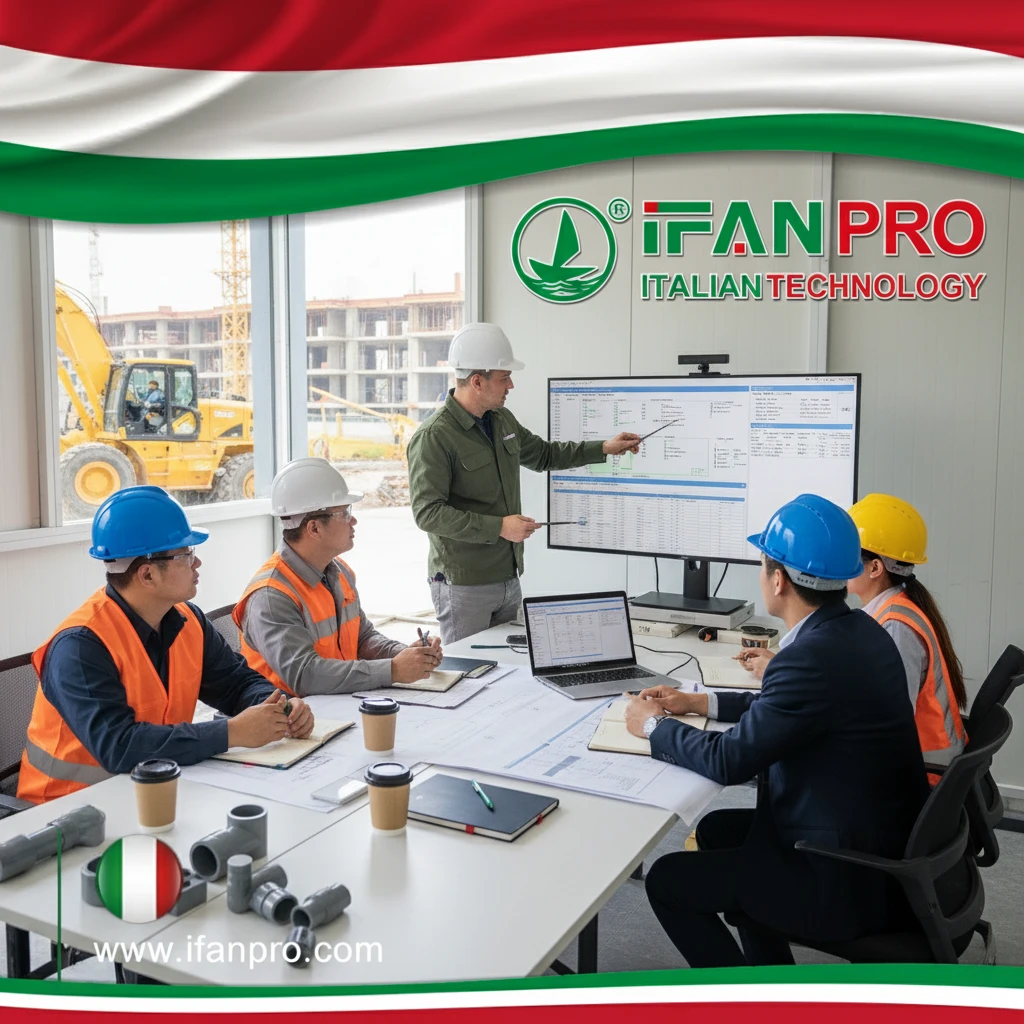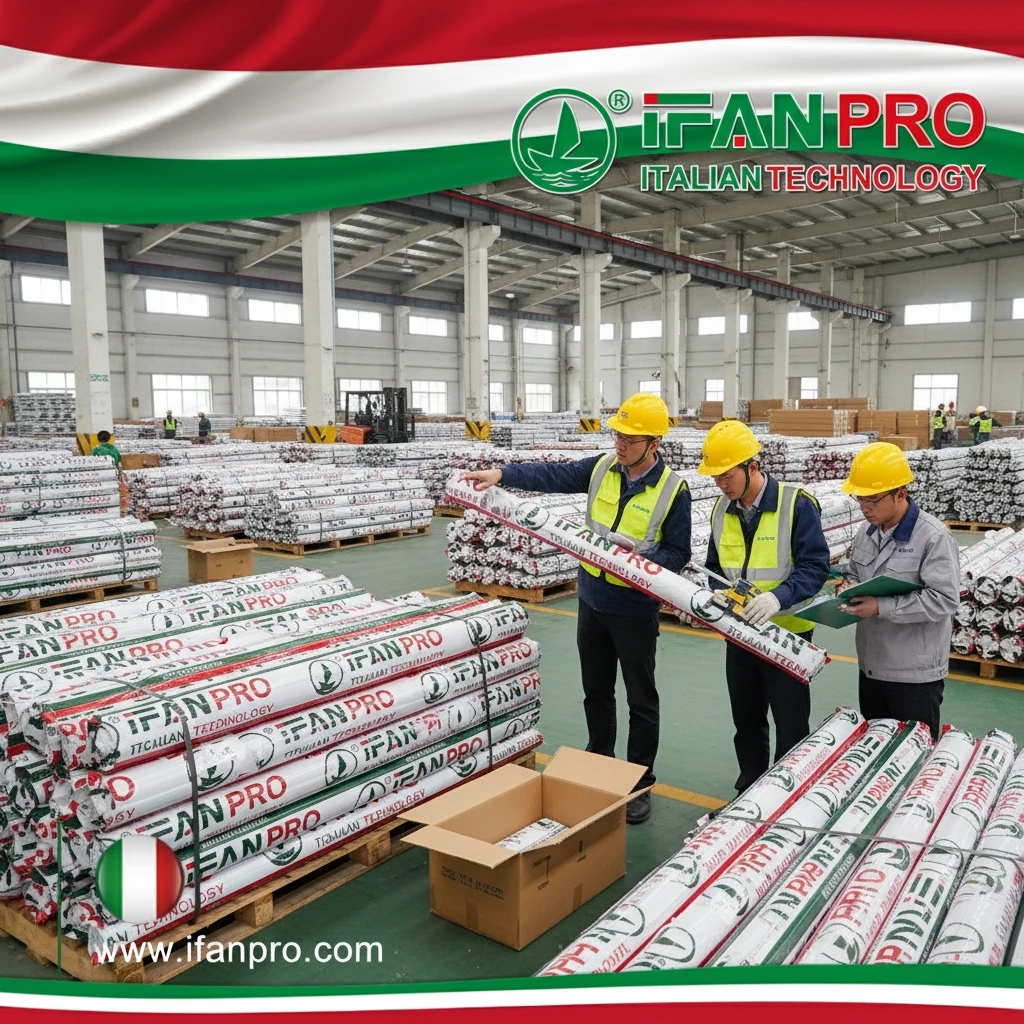During a municipal water system upgrade, I tested various pipe materials alongside PVC and was impressed by its consistent performance and safety record. However, I also discovered that not all PVC pipes are created equal when it comes to drinking water applications.
Properly certified PVC pipes are completely safe for drinking water applications when they meet NSF/ANSI 61 standards for potable water. uPVC (unplasticized PVC) offers superior safety characteristics compared to regular PVC because it contains no plasticizers, making it the preferred choice for modern drinking water systems worldwide.
Understanding certification requirements, material differences, and proper installation practices ensures you select the safest PVC pipes for your drinking water needs. Let’s examine the key factors that determine PVC pipe safety and performance.
What Certifications Ensure PVC Pipe Safety for Drinking Water Applications?

I recently consulted on a school renovation where the initial pipe specifications lacked proper certification markings. By insisting on NSF-certified pipes, we ensured the children’s drinking water would meet the highest safety standards.
NSF/ANSI 61 certification provides the primary assurance of PVC pipe safety for drinking water, verifying that pipes don’t leach harmful chemicals above established thresholds. Additional certifications include NSF/ANSI 14 for material performance, UPC (Uniform Plumbing Code) listing, and various regional certifications that confirm compliance with local water safety regulations.
Key Certification Standards
Understanding these certifications helps ensure proper material selection:
NSF/ANSI 61 Comprehensive Testing
This certification involves rigorous evaluation of material extraction in test waters. Pipes undergo testing for metals, plastics components, and other potential contaminants. The certification requires annual renewal and regular manufacturing audits to ensure ongoing compliance.
Regional Certification Variations
Different markets have specific requirements:
- United States: NSF/ANSI 61 and UPC standards
- European Union: WRAS (Water Regulations Advisory Scheme) approval
- Australia: WaterMark certification under AS/NZS 4020
- Canada: CSA B137.3 standards for potable water applications
Verification Best Practices
Always implement these verification steps:
Documentation Review
Request current certification documents directly from manufacturers. Verify that certificates specifically cover the product type and size you’re purchasing. Check expiration dates and ensure the certification body is properly accredited.
Physical Marking Inspection
Look for permanent markings on the pipes themselves. NSF-certified pipes display the NSF logo along with “NSF-pw” or “NSF-61” markings. These markings should be embossed or printed at regular intervals along the pipe length.
How Does uPVC Differ from Regular PVC in Potable Water Systems?
When replacing an aging plumbing system in an apartment building, we discovered the original PVC pipes had become brittle and discolored. The uPVC replacement system demonstrated significantly better performance and longevity.
uPVC (unplasticized PVC) contains no plasticizing additives, making it rigid and more chemically stable for drinking water applications. Regular PVC (often called PVC-U) may contain plasticizers that can potentially leach into water, though modern manufacturing has largely eliminated this concern in certified products.
Material Composition Differences
The fundamental material differences impact performance:
uPVC Characteristics
- Contains only PVC resin and stabilizers (no plasticizers)
- Higher rigidity and tensile strength
- Superior chemical resistance
- Lower thermal expansion
- Typically white or dark gray color
Regular PVC Properties
- May contain plasticizers for flexibility
- Softer and more flexible material
- Lower chemical resistance in some formulations
- Higher thermal expansion rates
- Often white but available in various colors
Performance Comparison
For drinking water applications, uPVC offers distinct advantages:
| Characteristic | uPVC | Regular PVC | Impact on Water Safety |
|---|---|---|---|
| Plasticizer Content | 0% | 0-30% | Eliminates plasticizer leaching risk |
| Chemical Leaching | Minimal | Low to Moderate | Better long-term stability |
| Temperature Resistance | Up to 60°C | Up to 60°C | Similar performance |
| Joint Integrity | Superior | Good | Fewer contamination risks |
| Longevity | 50-100 years | 25-50 years | More reliable long-term |
Are There Any Health Concerns with Chemical Leaching from PVC Pipes?
After testing water quality in hundreds of buildings with PVC plumbing systems, I found that properly installed and certified systems showed no concerning chemical levels. However, a few older systems with uncertified pipes demonstrated issues that required replacement.
Modern certified uPVC pipes demonstrate minimal chemical leaching that falls well within safe drinking water limits. Potential concerns about vinyl chloride monomer (VCM) have been addressed through advanced manufacturing processes that reduce residual VCM to negligible levels in NSF-certified products.
Understanding Leaching Risks
Several factors influence leaching potential:
Material Composition Factors
Modern uPVC formulations use advanced stabilization systems. Calcium-zinc stabilizers have largely replaced lead-based stabilizers in potable water applications. Food-grade lubricants and processing aids ensure no harmful additives migrate into drinking water.
Environmental Influences
Water temperature, pH, and disinfectant levels affect leaching. Higher temperatures (above 60°C) can increase leaching potential. Low pH (acidic water) may accelerate metal release from stabilizers. Chlorine and chloramine disinfectants can interact with pipe materials over time.
Safety Assurance Measures
Multiple safeguards protect water quality:
Manufacturing Controls
Reputable manufacturers implement strict quality control. Raw material verification ensures only food-grade compounds enter production. Complete formulation documentation provides traceability. Regular testing of finished products confirms ongoing compliance.
Installation Best Practices
Proper installation prevents contamination. Flushing systems thoroughly before use removes manufacturing residues. Avoiding excessive solvent cement application prevents chemical migration. Proper curing times ensure complete solvent evaporation before system pressurization.
What Are the Advantages of PVC Over Other Drinking Water Pipe Materials?
When comparing pipe materials for a large residential development, PVC demonstrated significant cost advantages while meeting all safety requirements. The project came in 30% under budget while maintaining full compliance with drinking water standards.
PVC offers exceptional cost-effectiveness, corrosion resistance, easy installation, and long service life compared to alternative materials. Its smooth interior surface maintains water flow efficiency, while the material’s immunity to electrochemical corrosion makes it ideal for various water conditions where metal pipes might fail.
Comprehensive Advantage Analysis
PVC’s benefits extend across multiple dimensions:
Economic Advantages
The material cost of PVC pipes is significantly lower than copper, PEX, or stainless steel. Installation labor costs reduce due to the lightweight nature and simple joining methods. Maintenance expenses minimize because PVC doesn’t corrode or scale internally.
Performance Benefits
PVC maintains consistent flow characteristics throughout its lifespan. The non-conductive nature prevents stray current corrosion. Bacterial growth resistance is higher than some metallic alternatives. Frost damage resistance is superior to metal pipes due to material flexibility.
Comparative Performance Data
| Characteristic | PVC | Copper | PEX | Galvanized Steel |
|---|---|---|---|---|
| Material Cost | Low | High | Medium | Medium |
| Installation Ease | Excellent | Good | Excellent | Fair |
| Corrosion Resistance | Excellent | Good | Excellent | Poor |
| Water Flow Maintenance | Excellent | Good | Excellent | Poor |
| Vida útil | 50-100 years | 20-50 years | 30-50 years | 20-40 years |
Installation and Maintenance Advantages
PVC’s practical benefits extend beyond initial installation:
Eficacia de la instalación
The lightweight nature reduces handling injuries and equipment needs. Solvent cement joints create permanent, reliable connections quickly. Simple cutting and fitting allow field adjustments without specialized tools. No hot work permits or fire watch requirements simplify job site logistics.
Long-Term Reliability
PVC maintains its properties without degradation in water environments. The smooth interior surface prevents scale buildup and maintains hydraulic efficiency. Joint integrity remains stable through temperature fluctuations and minor ground movements.
Conclusión
Properly certified uPVC pipes provide a safe, cost-effective solution for drinking water applications when selected according to recognized standards and installed following manufacturer guidelines. Their excellent corrosion resistance, long service life, and minimal maintenance requirements make them a reliable choice for both residential and commercial potable water systems.
Are PVC Pipes Safe for Drinking Water?













Comentarios recientes